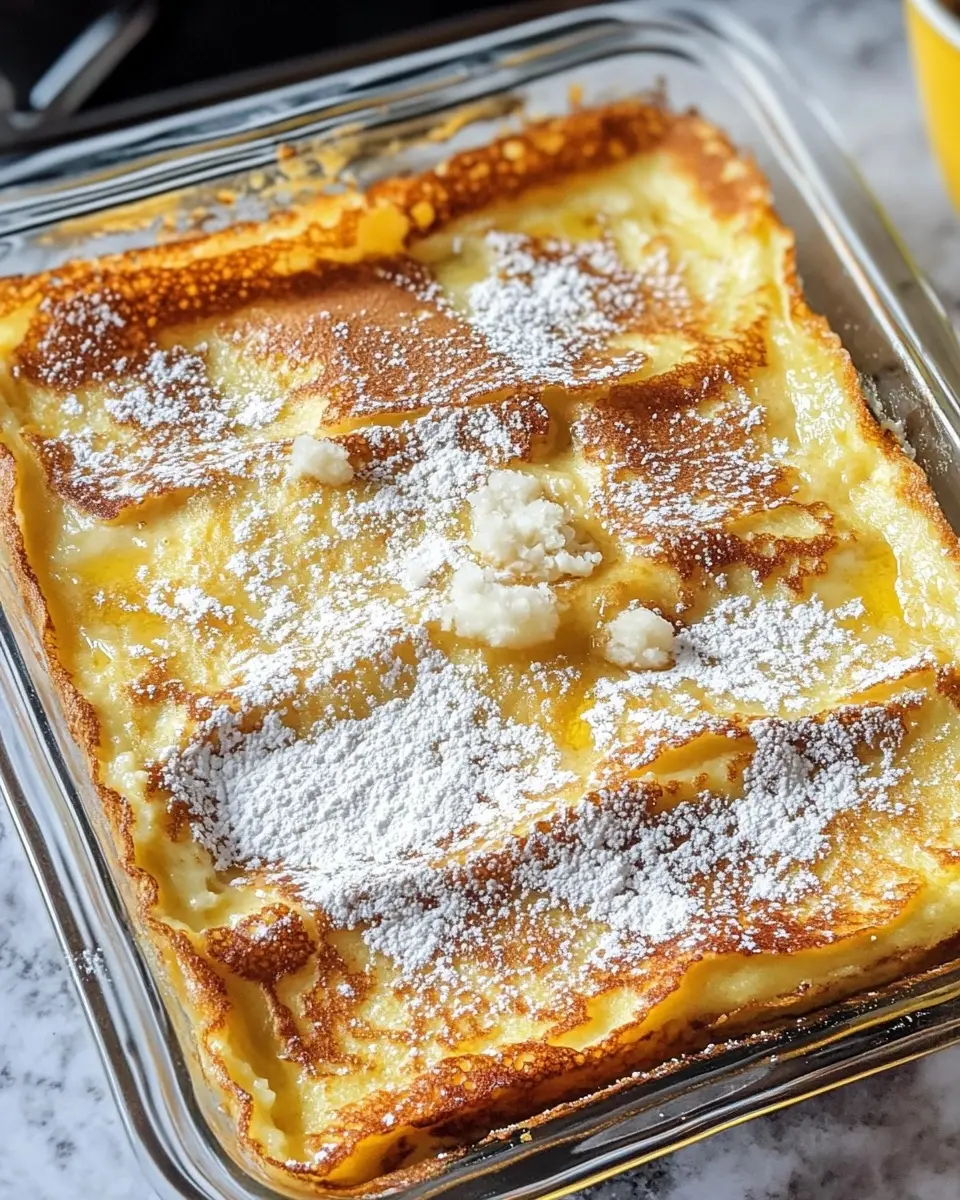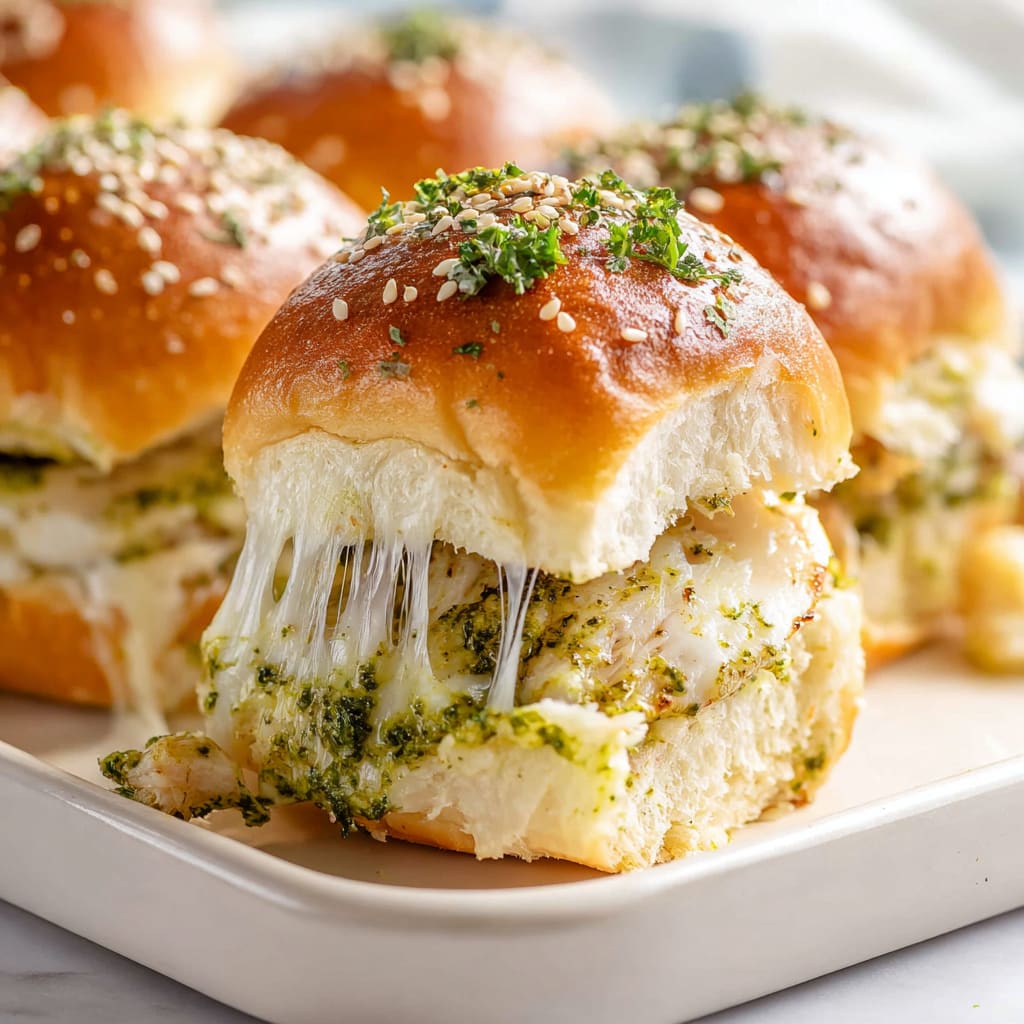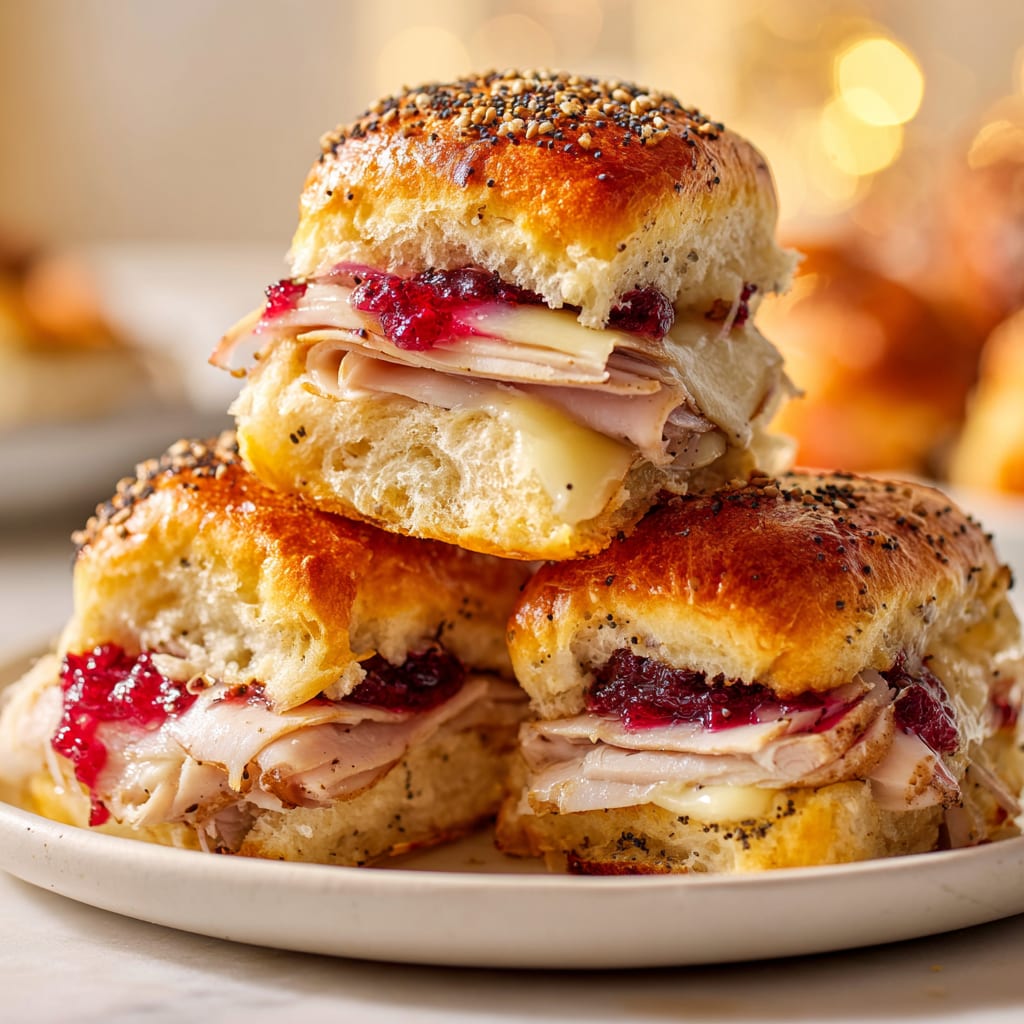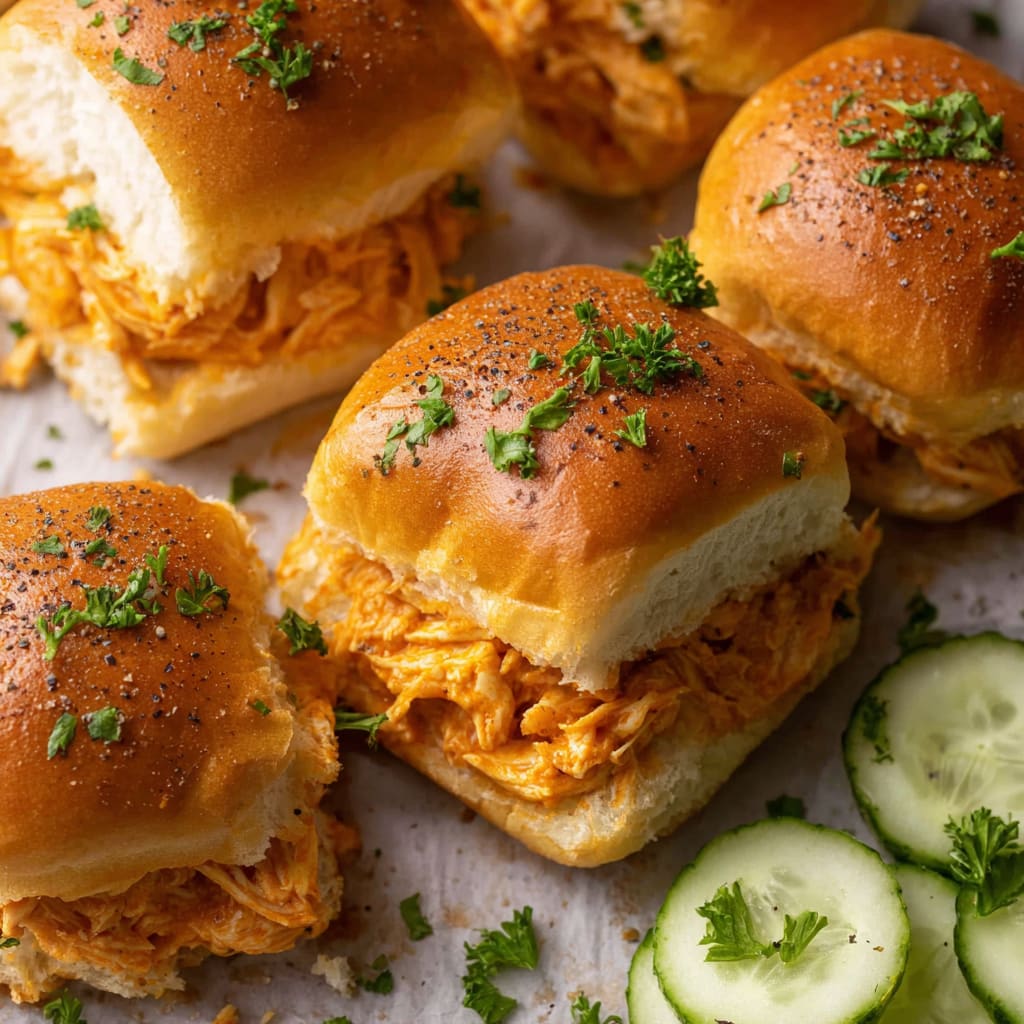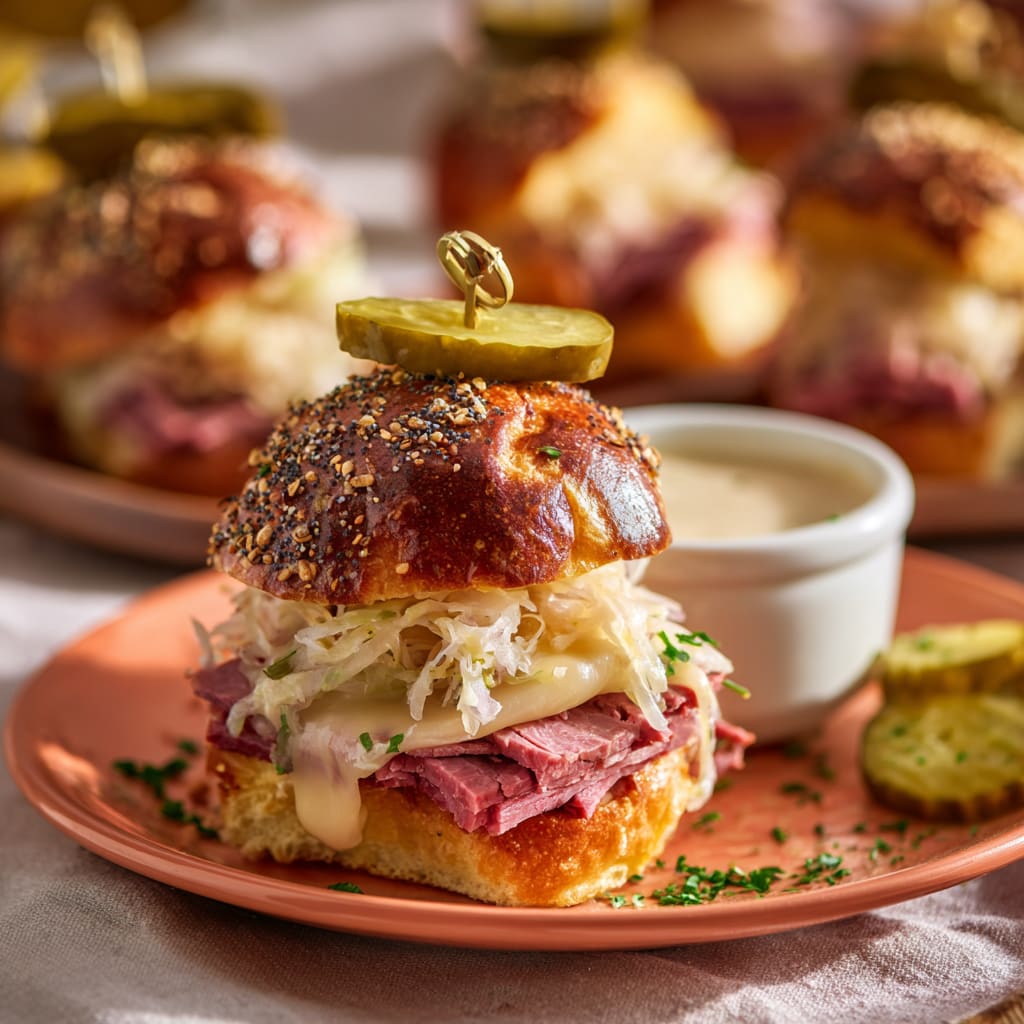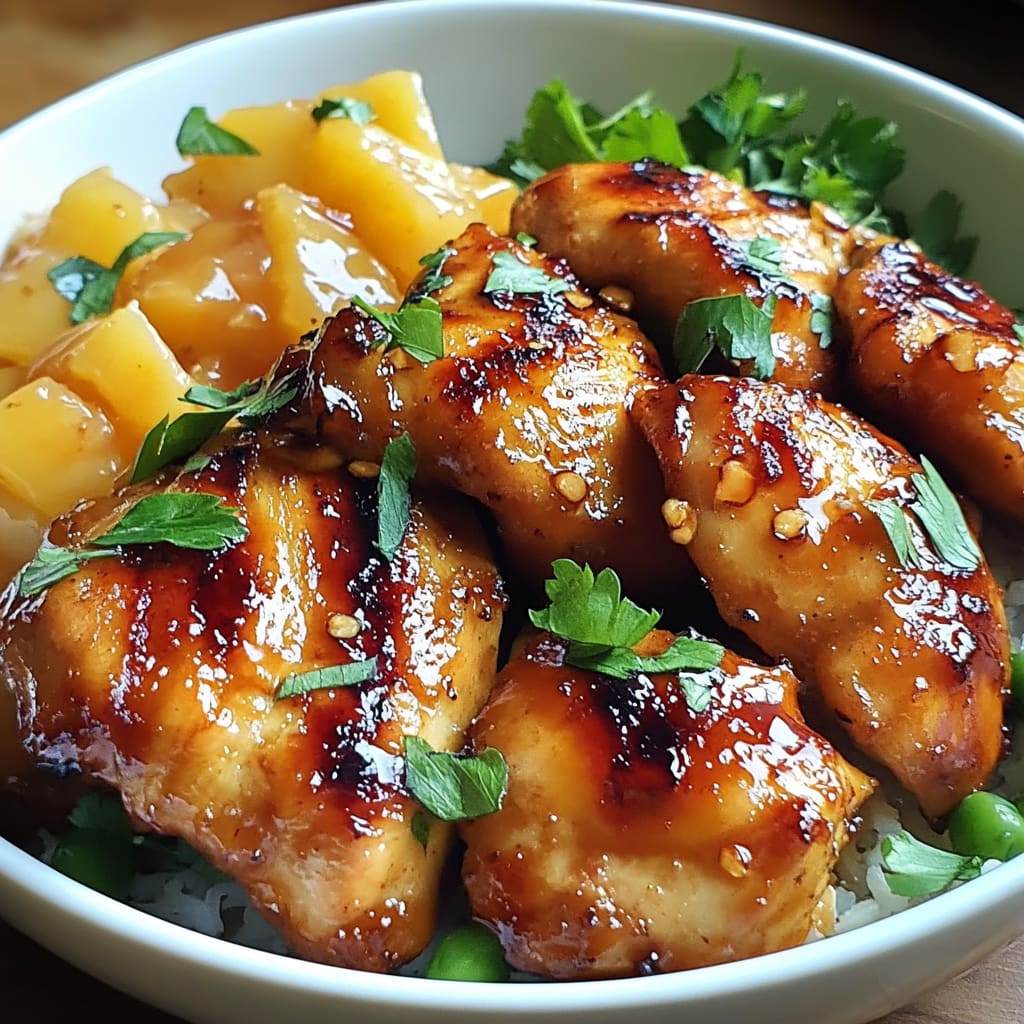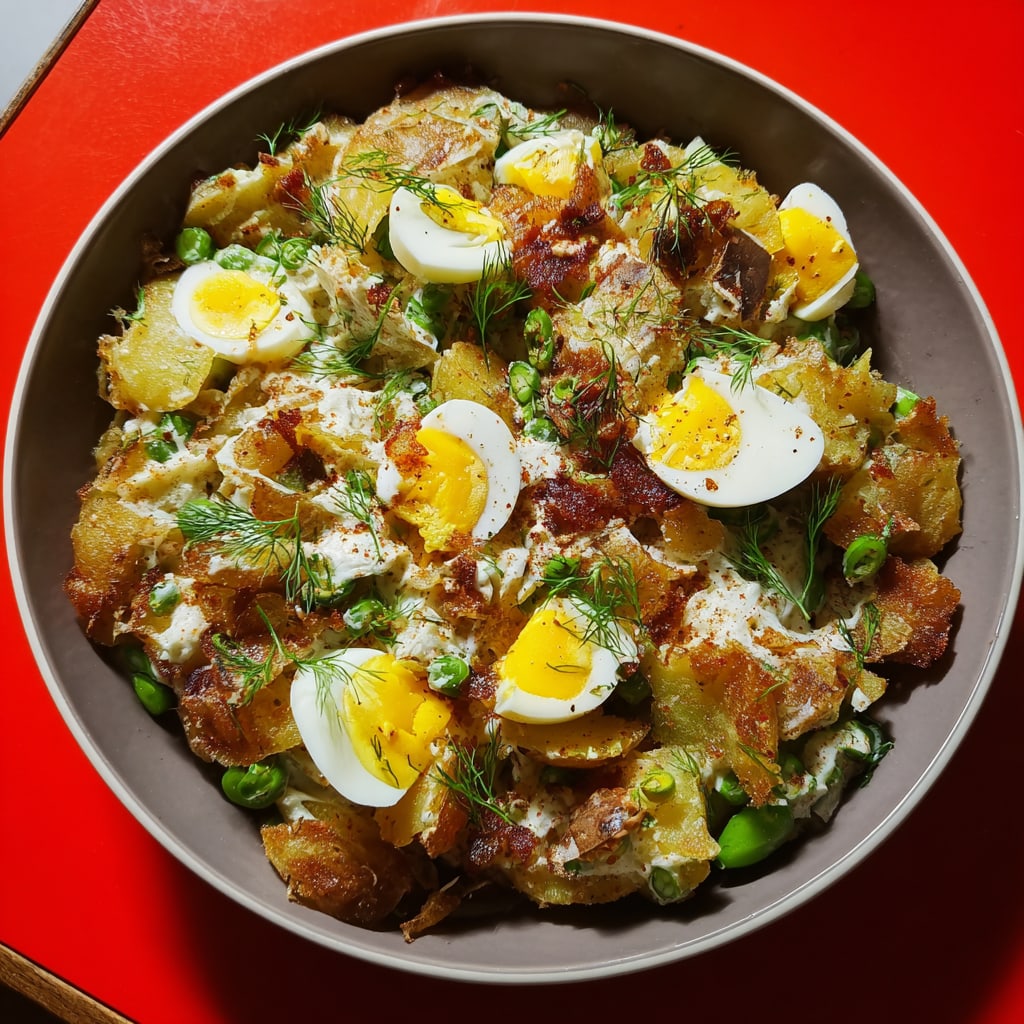There’s something magical about watching a Baked German Pancake rise into dramatic golden peaks in the oven, filling your kitchen with the warm aroma of vanilla and butter. Unlike traditional flat pancakes, this puffy, cloud-like creation combines the delicate texture of a soufflé with the satisfying richness of a crepe. Also known as a Dutch Baby, the Baked German Pancake transforms simple pantry ingredients into an impressive breakfast centerpiece that’s surprisingly easy to make. You’ll learn how to create this showstopping pancake with perfectly crisp edges and a tender, custard-like center that’s guaranteed to impress your family or guests.
Why You’ll Love This Recipe
The Baked German Pancake is a game-changer for breakfast and brunch enthusiasts. First, it eliminates the need to stand over the stove flipping individual pancakes—simply pour the batter into a hot skillet and let your oven do all the work. The dramatic puff as it bakes creates an impressive presentation that deflates slightly into a perfect vehicle for toppings.
The contrast between the crispy, golden edges and the soft, slightly custardy center creates a delightful textural experience in every bite. The buttery, eggy flavor profile works beautifully with both sweet and savory toppings, making it incredibly versatile for any meal of the day.
Best of all, this German pancake recipe requires minimal ingredients that you likely already have in your pantry. It’s quicker than traditional pancakes when feeding a crowd, yet feels special enough for holiday mornings or weekend celebrations. The simplicity-to-impressiveness ratio makes this German oven pancake a recipe you’ll return to again and again.
Ingredients
For this perfect Baked German Pancake, you’ll need:
- 3 large eggs, room temperature
- ½ cup (120ml) whole milk, room temperature
- ½ cup (63g) all-purpose flour
- 1 tablespoon granulated sugar
- ½ teaspoon vanilla extract
- ¼ teaspoon salt
- 3 tablespoons (42g) unsalted butter
The key to the pancake’s dramatic rise is using room temperature eggs and milk, which create more volume when mixed. High-quality vanilla extract enhances the pancake’s flavor without overpowering it. The butter serves two purposes: greasing the pan and creating a rich, nutty flavor as it browns in the hot oven before the batter is added. For the best flavor, choose unsalted butter so you can control the salt content precisely.
Pro Tips
Heat Your Pan Properly: The most crucial step for a successful Baked German Pancake is preheating your cast iron skillet or baking dish until it’s very hot before adding the butter. This initial blast of heat is what creates the dramatic rise and crispy edges that define a perfect German pancake. Place your skillet in the oven while it preheats to 425°F (220°C) for at least 10 minutes.
Don’t Overmix The Batter: For the ideal texture, mix your batter just until the ingredients are combined—small lumps are perfectly fine. Overmixing develops gluten, which can make your pancake tough rather than tender. I recommend using a blender with a few quick pulses, or whisking by hand until just incorporated for the perfect consistency.
Watch For Browning, Not Time: Rather than relying solely on the timer, look for visual cues that your German pancake is done—the edges should be puffed dramatically and deeply golden brown, while the center should look set but still have a slight jiggle. This usually takes 15-20 minutes, but your eyes are the best judge of perfect doneness.
Instructions
Step 1: Prepare Your Ingredients
Take your eggs and milk out of the refrigerator about 30 minutes before you begin cooking to allow them to reach room temperature. Meanwhile, measure out your flour, sugar, vanilla, and salt. Having everything ready will ensure smooth preparation once your pan is hot.
Step 2: Preheat Your Equipment
Place a 10-inch cast iron skillet or oven-safe baking dish in your cold oven, then set the temperature to 425°F (220°C). Allow both the oven and the pan to preheat for at least 10 minutes. This extremely hot pan is essential for creating the pancake’s signature puff.
Step 3: Mix The Batter
While the pan heats, blend your ingredients. In a blender, combine the eggs, milk, flour, sugar, vanilla, and salt. Pulse 5-7 times until just combined, being careful not to overmix. Alternatively, whisk the ingredients in a bowl until no large lumps remain. Let the batter rest while the oven finishes preheating.
Step 4: Prepare The Pan
Once your oven and pan are fully preheated, carefully remove the hot skillet using oven mitts. Immediately add the butter to the pan, swirling it as it quickly melts and starts to foam. Make sure the butter coats the sides of the pan as well.
Step 5: Add Batter And Bake
Working quickly but carefully, pour the prepared batter into the hot, buttered pan. Immediately return the pan to the oven and bake for 15-20 minutes. Resist the urge to open the oven door during baking, as this can cause your pancake to collapse prematurely.
Step 6: Serve While Hot
When your Baked German Pancake is beautifully puffed and golden brown, remove it from the oven. The pancake will begin to deflate almost immediately—this is completely normal! Serve right away with your favorite toppings for the best experience.
Variations
Savory German Pancake: Transform this versatile dish into a dinner-worthy meal by omitting the sugar and vanilla, then adding ¼ teaspoon of garlic powder and 1 tablespoon of chopped fresh herbs like thyme or rosemary to the batter. After baking, top with sautéed mushrooms, caramelized onions, and a sprinkle of Gruyère cheese. This savory Dutch baby pancake makes an elegant light dinner or impressive brunch option.
Apple Cinnamon German Pancake: For a fall-inspired variation, add ½ teaspoon of cinnamon to the batter. Before adding the batter to the hot pan, arrange thin slices from half an apple in the buttered skillet and sprinkle with a tablespoon of brown sugar. The apples will caramelize as the German oven pancake bakes, creating a built-in sweet topping that’s reminiscent of apple pie.
Gluten-Free Option: This Baked German Pancake adapts beautifully to dietary restrictions. Simply substitute the all-purpose flour with an equal amount of gluten-free 1:1 baking flour blend. The results are nearly indistinguishable from the original, making this an excellent option for those with gluten sensitivities without sacrificing the dramatic puff or delicate texture.
Storage and Serving
Though the Baked German Pancake is best enjoyed fresh from the oven when it’s at its puffiest, any leftovers can be stored in an airtight container in the refrigerator for up to 2 days. Reheat gently in a 300°F (150°C) oven for 5-7 minutes to restore some crispness to the edges.
For a classic presentation, dust your German pancake with powdered sugar and a squeeze of fresh lemon juice right before serving. The bright acidity of the lemon perfectly balances the rich, eggy pancake. For a more indulgent breakfast, serve with fresh berries, a dollop of whipped cream, and warm maple syrup.
Make it a complete brunch by pairing your German oven pancake with crispy bacon or breakfast sausage on the side. The savory elements complement the subtle sweetness of the pancake beautifully. For a special touch, serve with a homemade berry compote or warm fruit sauce that guests can drizzle over their portion.
FAQs
Why didn’t my German pancake puff up as expected?
The dramatic puff comes from proper heat and preparation. Ensure your pan is very hot before adding the butter and batter, your eggs and milk are at room temperature, and you don’t open the oven during baking. Also check that your baking powder isn’t expired if your recipe includes it.
Can I make the batter ahead of time?
You can prepare the batter up to 30 minutes ahead and let it rest at room temperature, which can actually improve the texture. However, longer resting periods in the refrigerator aren’t recommended as they can reduce the pancake’s ability to rise properly.
What’s the difference between a German pancake and a Dutch baby?
They’re essentially the same dish! The Baked German Pancake (sometimes called a Dutch baby, Bismarck, or puffed pancake) originated in Germany but was popularized in American restaurants. Regional names vary, but the preparation and result are identical.
Can I use a different pan if I don’t have cast iron?
Yes, any oven-safe skillet or baking dish works. Cast iron retains heat exceptionally well, creating the best rise and edge crispness, but glass baking dishes or oven-safe stainless steel pans are good alternatives. Adjust baking time slightly as needed.
Why does my German pancake deflate so quickly?
This deflation is completely normal! The dramatic puff is created by steam and heated air during baking, which naturally escapes once removed from the oven. For the most impressive presentation, have everyone gathered at the table before you take it out of the oven.
Conclusion
This Baked German Pancake is comfort food at its finest — a golden, puffy canvas that bridges the gap between everyday breakfast and special occasion indulgence. It’s the kind of dish that transforms ordinary mornings into memorable family moments, whether topped with simple lemon and sugar or loaded with seasonal fruits. The magic of watching it rise in the oven never gets old, and the versatility means it can be reinvented countless ways. Make this German pancake recipe your own weekend tradition, and enjoy the delighted reactions it never fails to inspire around the breakfast table.
Print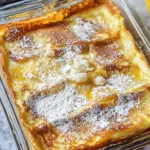
Baked German Pancake
Description
Savor a fluffy Baked German Pancake with eggs, milk, and flour. An easy, delightful breakfast to please any crowd! Perfect for a cozy morning.
Ingredients
- 3 large eggs, room temperature
- ½ cup (120ml) whole milk, room temperature
- ½ cup (63g) all-purpose flour
- 1 tablespoon granulated sugar
- ½ teaspoon vanilla extract
- ¼ teaspoon salt
- 3 tablespoons (42g) unsalted butter
Instructions
- Place a 10-inch cast iron skillet in the oven and preheat to 425°F (220°C) for at least 10 minutes.
- Meanwhile, in a blender or bowl, combine eggs, milk, flour, sugar, vanilla, and salt. Mix just until combined, being careful not to overmix.
- When the oven and pan are fully preheated, carefully remove the hot skillet using oven mitts.
- Add butter to the hot pan, swirling to coat the bottom and sides as it melts.
- Immediately pour the batter into the hot buttered pan and return to the oven.
- Bake for 15-20 minutes until the pancake is puffed dramatically and golden brown.
- Serve immediately with desired toppings such as powdered sugar, fresh lemon juice, maple syrup, or fresh fruit.

